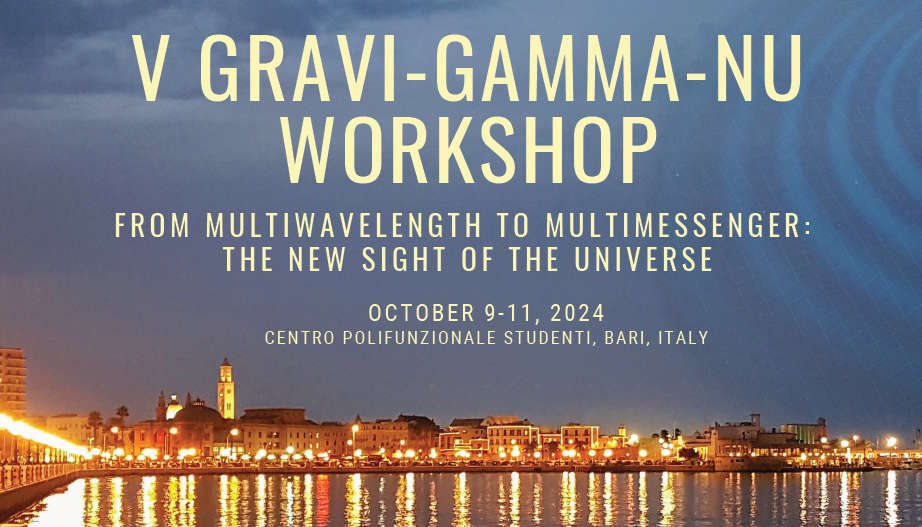Speaker
Description
In this invited talk I will give an overview of current efforts top detect “long-period” (decades or longer) supermassive black hole binaries using optical spectroscopy. Such objects are interesting for many reasons including, but not limited to, (a) they provide tests of models for galaxy evolution through mergers, (b) they make up the population of supermassive black holes producing the very-low frequency gravitational wave background that the pulsar timing arrays have just detected, (c) they are the counterparts of discrete very-low frequency gravitational wave sources that we expect pulsar timing arrays to detect soon, and (d) some of them will be loud low-frequency gravitational sources detectable by LISA when they do merge. I will begin by describing the physical scenario of the accretion flow onto the two black holes in the binary, which is the basis for predicting the observational signatures that we use. I will then describe how the test is carried out in practice: it is an exercise in patience and persistence. I will conclude by summarizing the status of current searches, presenting some of the latest, more promising results, and discussing the implications.

